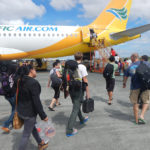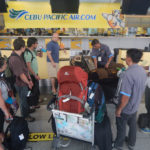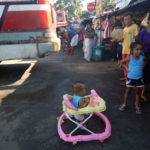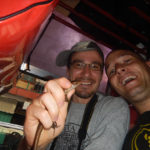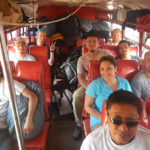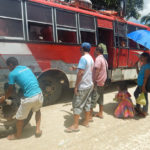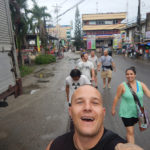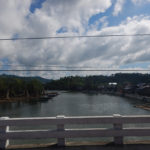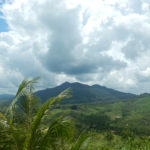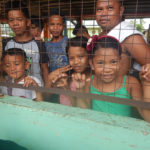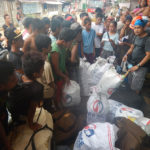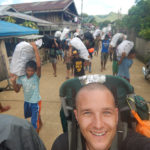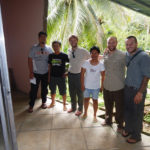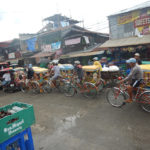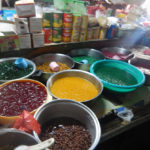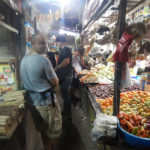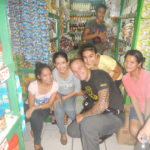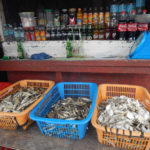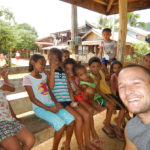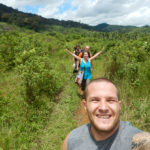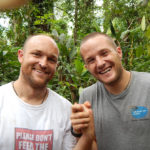Herpin’ for Conservation I
-
Biodiversity Survey in the Philippines
This summer, I was fortunate enough to join a team of international biologists and participate in a four-week biodiversity study on the island of Samar in the southeastern Philippines. This expedition was funded by an NSF RAPID grant and lead by the University of Kansas (KU; my alma mater), and the University of Oklahoma (OU), both of which have a long-standing research program focused in the Philippines. Luckily for me, this was my second opportunity to team up with these collaborating research labs for fieldwork in the Philippines. After graduating in 2008, I spent five months with a team of herpetologists, mammalogists, and ornithologists from KU surveying local biodiversity on several islands throughout the Philippine archipelago. When they reached out to me this past year to collaborate on another trip, I was elated to join them once again.
However, my involvement in the trip was truly made possible by the incredible folks at the San Diego Zoo. Not only were the curators supportive of this biodiversity conservation trip, but my travel and participation in the expedition was supported by the San Diego American Association of Zoo Keepers (SDAAZK) and the Adam Ruble Fund. My KU and OU collaborators and I cannot thank them enough for their support!
In late 2013, Typhoon Hainan, one of the strongest tropical cyclones ever recorded, killed nearly 10,000 people making it the Philippines’ deadliest typhoon on record. The main purpose of the expedition this summer was to quickly evaluate the impact of Typhoon Hainan on regional biodiversity. The Philippines is one of the world’s biodiversity hotspots, and it is crucial to have a better understanding of conservation issues related to catastrophic natural events.
After 7,600 miles and a 15-hour flight, I arrived in Manila with no worries, except that my luggage was left at LAX. This caused a brief one-day delay before we could depart from the populated city of Manila and head down to the plush, green jungles on the island of Samar. This also gave us one more day to relish a few of the greatest luxuries many of us take for granted in life: running water for a shower, a mattress for a bed and, last but not least, a toilet. These common amenities are rarely encountered on many islands. After a month in the jungle, you truly realize how much you take these simple comforts for granted.
Travel within the Philippines is rather difficult at times for many reasons, including overcrowded modes of transportation. Some bus rides are standing room only or many people in a two-person seat. Sometimes, entire families even ride on the roof. Our total journey from Manila to our first campsite on Samar would entail a 28-hour bus ride, four hours on a ferry, six hours in the back of a jeepney, another six hours on a bus and a three-hour hike.
After almost a week of travel and having to gather all of our food and supplies for the next few weeks, we finally arrived at our camp. Our new home was nestled directly in the most lush, dense jungle you can imagine. It was beautiful. The trees were 60 feet tall, hosting hundreds of ferns, vines, and cicads of various species, towered above our camp acting as a roof. From here on out, I would be sleeping in a hammock (which I love), roaming the undergrowth to access natural “bathrooms,” and trying to avoid any thorns or biting/stinging toxic insects while traversing a 40-foot mudslide to bathe in the stream below our camp. Gotta love it!
Check out my next blogs!

